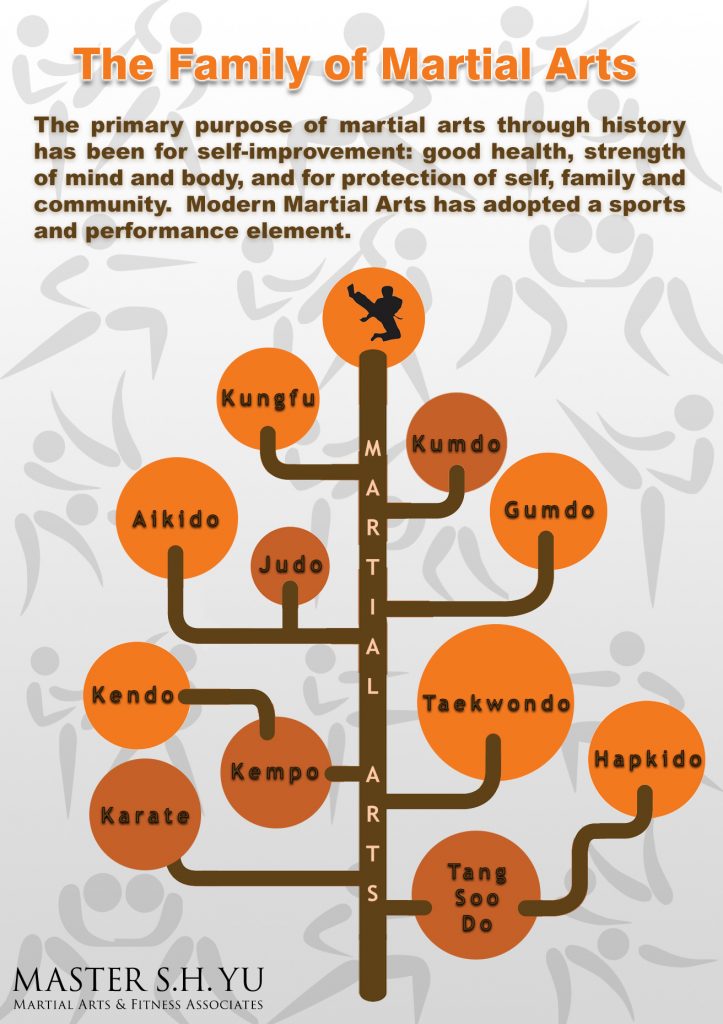Just How Does The Concentrate On Self-Control In Standard Martial Arts Comparison With The Affordable Facet Of Modern Fight Sporting Activities? Find Out About The Vital Distinctions That Can Assist Your Growth
Just How Does The Concentrate On Self-Control In Standard Martial Arts Comparison With The Affordable Facet Of Modern Fight Sporting Activities? Find Out About The Vital Distinctions That Can Assist Your Growth
Blog Article
Web Content Develop By-Camp Finnegan
When you think of martial arts, do you lean much more towards the standard techniques or the contemporary battle sporting activities? Each course provides one-of-a-kind benefits and experiences, shaped by their philosophies and training techniques. Traditional martial arts highlight personal growth and self-control, while contemporary fight sporting activities concentrate on competition and performance. Understanding these differences can direct you in picking the best strategy for your journey. But just how do these differences show up in training and philosophy?
The Viewpoint and History Behind Typical Martial arts
While lots of people link martial arts with physical combat, the approach and history behind conventional martial arts run much deeper. You'll locate that these techniques highlight individual growth, self-control, and regard.
Stemming from ancient practices, traditional martial arts were usually created for Self-Defense and spiritual advancement. Related Web Page personify concepts such as equilibrium, consistency, and self-constraint, assisting practitioners past plain fighting skills.
As you train, you'll not just learn strategies but additionally acquire insights right into the culture and worths that shaped these arts. The routines and customs, usually given via generations, foster a sense of area and belonging.
The Competitive Nature of Modern Combat Sports
Modern battle sports have changed the landscape of martial arts right into a very competitive field, where professional athletes challenge in an examination of ability, strategy, and endurance.
You'll discover that competitions are commonly arranged with stringent regulations and regulations, making certain fair game and security. These events attract large target markets, sustaining the enjoyment and intensity of matchups.
adult taekwondo educate rigorously, not just for physical expertise yet additionally for psychological durability, understanding that every detail counts in the ring. The adrenaline thrill during competitions is palpable, as competitors push their limitations to assert victory.
Fans value the athleticism and virtuosity entailed, making modern battle sporting activities a thrilling phenomenon that continues to develop and mesmerize lovers around the globe.
Training Approaches and Techniques: A Relative Evaluation
The competitive environment of modern-day battle sporting activities needs innovative training methods that vary considerably from typical martial arts.
In contemporary training, you'll concentrate on certain methods, sparring, and conditioning, typically using drills that imitate actual fight situations. You'll see a focus on quantifiable performance and regular competition to assess your skills.
On the other hand, traditional martial arts focus on forms, katas, and philosophical mentors, usually highlighting self-control and regard over competitors.
Training is normally much less intense and might include repetitive method instead of real-time sparring.
While both methods develop ability and health and fitness, contemporary fight sports offer a more vibrant and versatile training setting, preparing you for immediate obstacles in the ring or cage.
Pick the path that lines up with your objectives and passions.
Verdict
In selecting in between typical martial arts and modern-day battle sports, it truly boils down to what you value most. If you're looking for individual development, technique, and a sense of area, traditional arts might be your best fit. Yet if you grow on competitors and real-time difficulties, modern-day fight sports could be the method to go. Ultimately, both courses provide distinct benefits, so it's all about aligning your training with your individual goals and interests.
